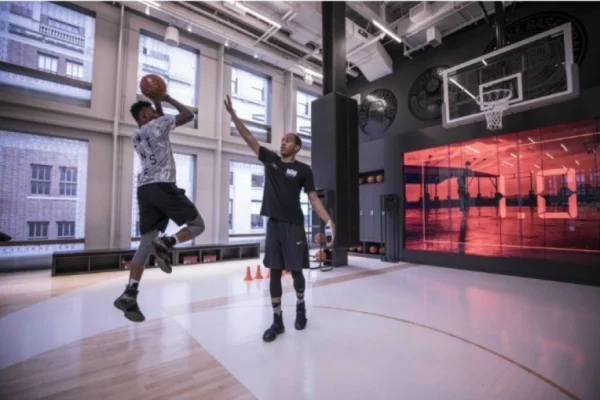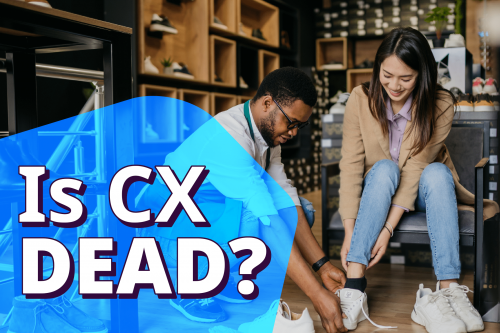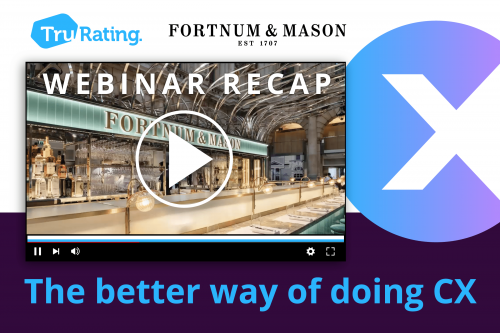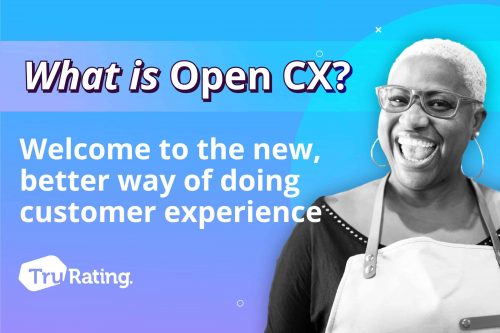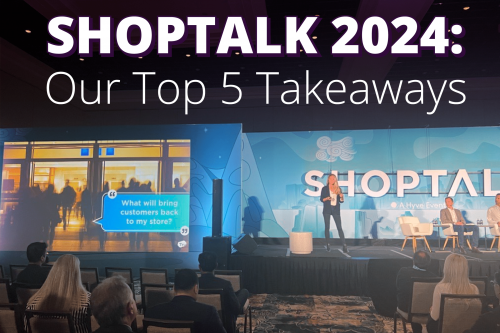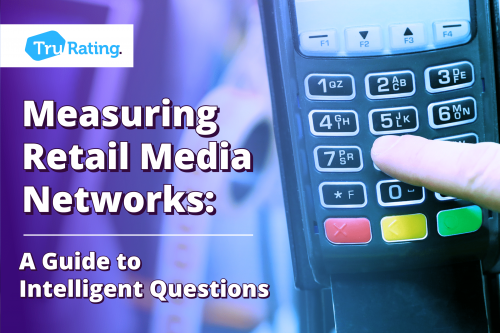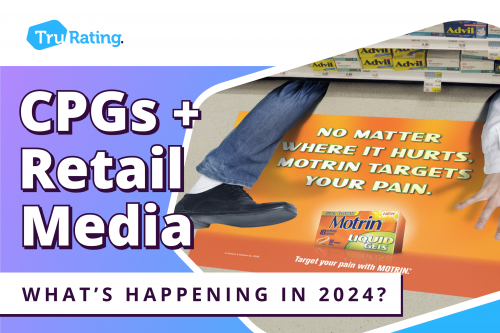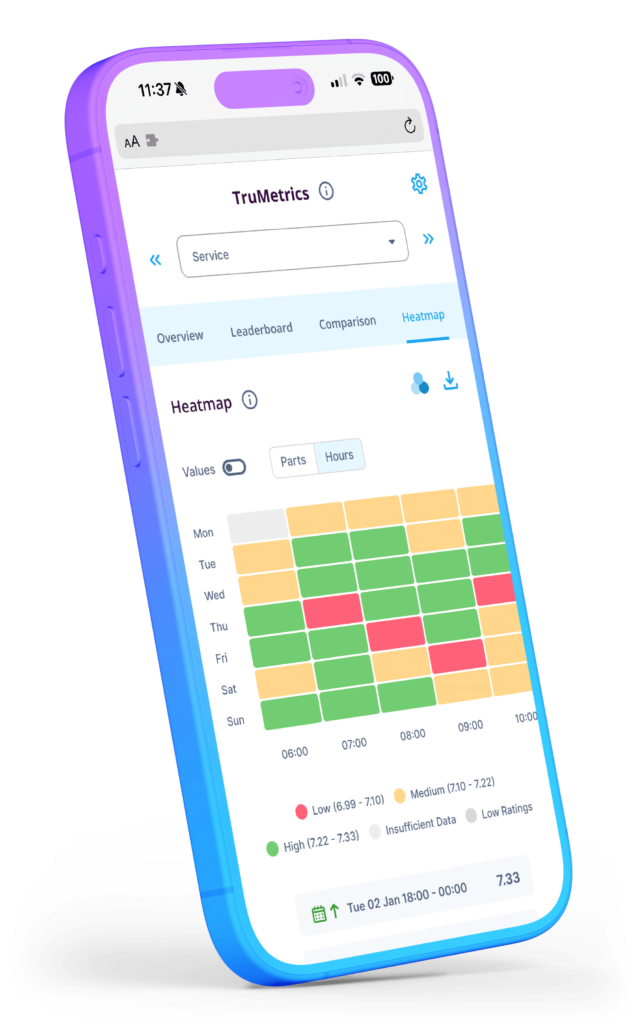Flagship stores show case your brand by creating an unforgettable experience for customers. Experiential Retail done right can become a tourist attraction. 5th Avenue in New York draws millions each year to experience what the world’s top brands, including Gucci, Hugo Boss and Apple, have to offer at their flagship stores.
Today, flagships are more engaging, interactive and innovative than ever. This phenomenon has been dubbed retailtainment. Think of Singapore’s Louis Vuitton flagship store, complete with underwater tunnels and art exhibitions.

Lush has created an unforgettable experience at its 9,500 square-foot, 3-story Oxford Street flagship in London. It allows customers to experience the products through massage areas and an in-house luxury spa. On site, the brand also boasts The Gorilla Gallery, a contemporary art installation for customers to enjoy.
A staggering 81% of customers choose experience as the key reason why they shop in-store versus online. Brands with flagship stores connect with customers in a way that truly inspires.
What sets flagship stores apart from regular outlets?
There are two things brands can achieve by investing in a flagship location.
Increased perception of value for money
Typically, product is one of the lowest rated areas for fashion retailers. The exception to this is in fashion retailers’ flagship stores. The interactive setting of a flagship can increase perceptions of value and quality.
Nike’s 5-story flagship store in New York is the ultimate interactive customer experience. Customers are invited to use the in-store treadmills or play football and basketball in designated areas. All while trying out the Nike products. Customers can monitor their progress on the Nike+ app to see how they are performing, and staff can see what customers have used in the past to suggest products. It’s no surprise Nike are regarded as the kings of experiential retail.
Knowledge that it’s not all about price
According to our data, product is the key driver of average transaction value (ATV) in flagships (28.4% vs 13.1% in regular stores.). In contrast to this, service is the main driver of ATV in regular retail stores (15.7% vs. 22.7% in flagship stores). While regular retail stores are more susceptible to drops in service when transaction quantities increase, customers in flagship stores react surprisingly different—they are happy to wait, browse and even self-serve.

How can regular stores close the gap with experiential retail
Regular retail stores can’t emulate the uniqueness experiential retail, but there are ways to close the gap and boost sales in the process.
Base staff training on benefit led selling
Americans are willing to spend 18% more to receive top-class service from a brand, with 12 other countries not far behind at 16%. This is gold for retail stores, because service is the key motivator for ATV and consumers are willing to pay more for it.
A national fashion retailer we work with discovered a common problem amongst their store. There was a low perception of product quality and value for money. In order to change attitudes with their customers, a benefit-led staff training program was implemented. The results of the training program were incredible. The retailer vastly improved customer perception of value for money and product by 11%. This in turn led to a 5% uplift in overall revenue.

Understand that retail is a people business
32% of customers polled over 12 countries will stop doing business with a brand they love after just one bad experience. Service is a key driver of ATV for regular stores so every customer interaction is important. Regular retail stores experience a drop-in service during busy periods, which impacts ATV.
Do you know how you perform during peak periods from a customer’s perspective (every store, every day, every hour)? Do you know how much this is costing each store in terms of lost revenue? If you can’t answer this question, you’re probably leaving significant revenue on the table for a competitor to pick up.
To see how your stores are performing at different times of day, visit the TruRating Dashboard, and under Overview, go to the Day and Time Heatmap.

If you would like to receive more content like this on a monthly basis, sign up for the TruRating newsletter below. If you’re looking for more like this, try our article on unlocking the benefit of CX initiatives.


